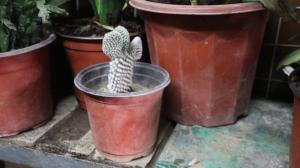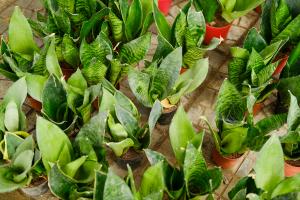Introduction
Tomatoes are a popular fruit across the world, and many people enjoy growing their own. One of the best ways to save money and ensure a good crop of tomatoes year after year is by saving seeds from previous harvests for planting. In this article, we will explore the various methods you can use for saving tomato seeds.
Choosing the Right Tomato
The first step in saving tomato seeds is to choose the right tomato. You want to choose a healthy and ripe tomato that has reached its peak in terms of flavor and ripeness. Tomatoes that are not quite ripe or overripe are not ideal for seed saving, as the seeds may not be viable.
Preparing the Tomato
After choosing the right tomato, the next step is to prepare it for seed saving. Cut the tomato in half crosswise and gently squeeze out the seeds and pulp into a bowl. Add a little water to the bowl to aid in separating the seeds from the pulp. Allow the mixture to sit for a few days, stirring occasionally.
Separating the Seeds
After a few days have passed, the seeds should have settled to the bottom of the bowl, and the pulp should have floated to the top. Carefully pour off the top layer of pulp, and then strain the seeds through a fine mesh sieve to remove any remaining pulp residue. Rinse the seeds thoroughly with water and lay them out to dry.
Drying the Seeds
Seeds need to be completely dry before storing them for planting. You can dry seeds naturally by laying them out on a flat surface, such as a paper towel, and allowing them to air dry for a few days. Another option is to use a dehydrator, which can speed up the drying process.
Storing the Seeds
Once the seeds are completely dry, they can be stored for planting. Store the seeds in an airtight container, such as a glass jar, and keep them in a cool and dry place. It is recommended to label the container with the tomato variety and the date the seeds were saved.
Conclusion
Saving tomato seeds is a simple and cost-effective way to ensure a good crop of tomatoes year after year. By following these steps for saving tomato seeds, you can enjoy a bountiful harvest of delicious and healthy tomatoes for years to come.

 how many times do yo...
how many times do yo... how many planted tre...
how many planted tre... how many pine trees ...
how many pine trees ... how many pecan trees...
how many pecan trees... how many plants comp...
how many plants comp... how many plants can ...
how many plants can ... how many plants and ...
how many plants and ... how many pepper plan...
how many pepper plan...
































